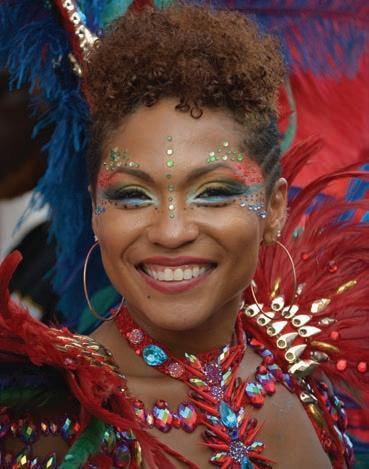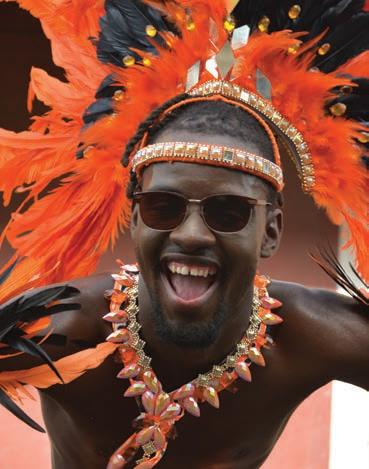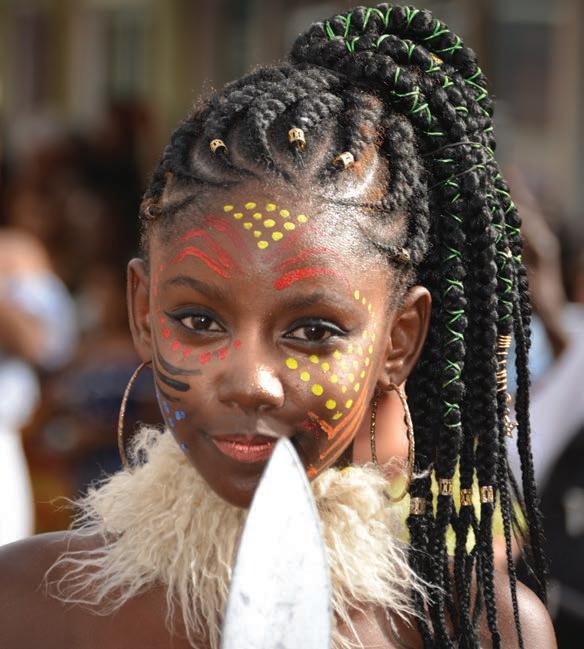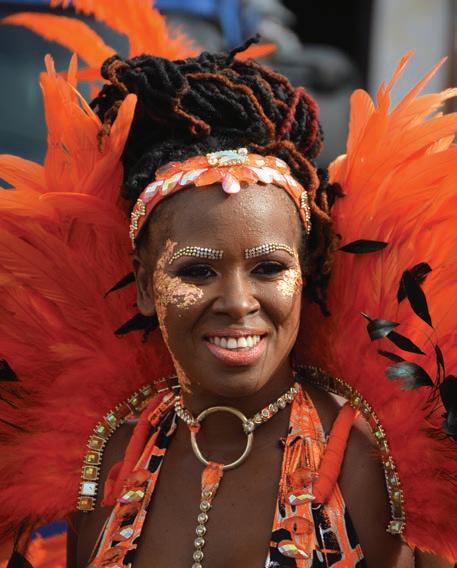2 minute read
Carnival Celebration
Next Article
The Antiguan Carnival is a celebration of music and dance held annually from the end of July to the first Tuesday in August. The most important day is that of the j’ouvert, in which brass and steel bands perform for much of the island’s population. Antigua’s first fête took place on the 1st August 1834, when people took to the streets to celebrate the emancipation of slavery. It continued as an informal celebration until 1957, when the first official Antiguan Carnival was organized. The festival has since evolved into 10 days of music and dance with street marches, jump-ups and formal evening shows – calypso, pan, and Carnival Queen pageants – and innumerable smaller festivities, including local concerts, parades, food fairs and cultural shows. In the run up to the celebrations, the excitement on the streets of St. John’s is palpable. Troupes will be setting up their ‘Mas Camp’ – where the intricate vivacious and beautiful costumes are prepared - and the pan bands (steel orchestras) will gather on the various street corners to practice for the revelry. On the first Saturday the troupes march to the Carnival City to officially open the festivities.



Antigua’s Carnival attracts thousands of visitors and returning residents every year. And with so many festivities, concerts and shows, there is plenty to do for everyone.



Carnival makes an explosive start with a massive street party called j’ouvert (or juvé, meaning day break) on the first Monday in August, with costumed troupes and beautifully decorated parade floats. Tuesday night is ‘Last Lap’ which brings all the bands to the streets of St. John’s and people play mass until “fore day morning” - just before dawn, Wednesday morning. This is perhaps the best time to visit Antigua & Barbuda to get a real insight into the culture of the country and to understand the sheer joy people still feel at this time of year. As a visitor, you are welcome to join in the spontaneous fun that surrounds you.





